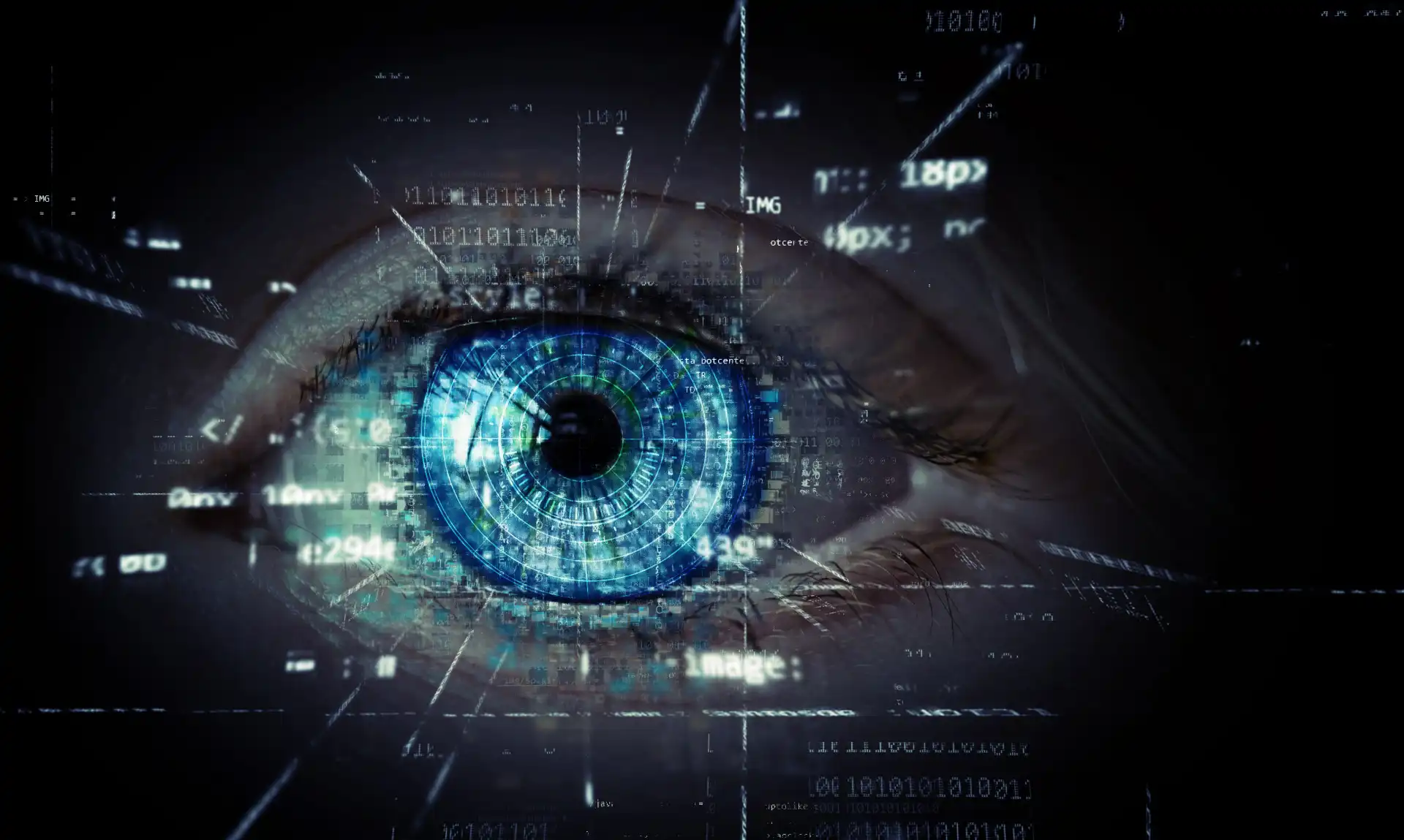California schools are emphasizing media literacy in their education system, focusing primarily on the identification and analysis of false news. The mandate to include such lessons in the academic syllabus has come directly from the State of California. The aim is to ensure that the students are capable of discerning genuine news from misleading information.
The necessity for such a move has been apparent in recent years, especially as misinformation has gained ground on various digital platforms. The proliferation of fake news across social media platforms, websites, and other channels has increased, making it challenging for consumers, particularly young ones, to distinguish real information from the false. Decoding this deluge of data is a critical skill in the digital age.
It becomes highly crucial for an informed citizen to possess the ability to differentiate between real and fake news. The distortion of facts and spread of biased views via phony news has led to widespread political and social turmoil globally. It can skew public sentiment and incite unnecessary panic among the populous.

The State Department of Education in California believes that this issue must be addressed as early as in schools. Understanding false news not only broadens the foundation of education but also prepares students to navigate through the digital world's maze of information. This initiative is an attempt to prevent the upcoming generation from becoming victims of misinformation, enhancing their analytical abilities and promoting informed judgement.
Implementation of Media Literacy in Schools
The mandate involves the integration of media literacy lessons in existing subjects. The idea is to introduce students to the concept gradually and organically, building their understanding over time. These lessons are not limited to classrooms but should also be applied in various social and academic activities.
Educators are encouraged to explain how fake news is structured and how it can be recognized. Dissecting components of false news and explaining the motivations behind constructing such narratives will enable students to judge the authenticity of news better. Moreover, interactive sessions and practical examples are implemented to make this learning process more engaging.
The lessons do not aim to make students wary of information consumption but to make them more conscious. Building awareness and fostering critical thinking are the main objectives of these media literacy lessons. Students are made aware of the consequences of fake news and encouraged to take ownership of the information they consume.
Teachers are also given special training under this initiative to better equip them with the required knowledge and understanding of the media landscape. They learn how to discern manipulated content, practice fact-checking, and tackle deceptive tactics to facilitate students better in their journey of learning about media literacy.
Targeting Fake News: A Critical Aspect of Media Literacy
Fake news is not a new phenomenon, but its expansion with the internet's advent has made it a grave concern. False news is no longer just about sensationalized headlines and inaccurate facts. It has now been weaponized, contributing to societal divisions and disruptions.
The State of California plans to address this issue properly through their education system. Teaching media literacy at a young age could help future generations analyze and manage the vast expanse of information they are exposed to daily. Focusing on fake news as a significant part of media literacy is a critical measure.
This undertaking is not limited to fake news in politics and social issues. False information in areas related to health, science, and economics, among others, also pose significant challenges. Therefore, the lessons taught need to cover a broad spectrum, encompassing all facets of life influenced by false news.
Recognizing that media literacy is an indispensable skill in a digitally connected world, the State of California's mandate should not be perceived as an extraneous addition to the school curriculum. It should be seen as a progressive, significant, and essential educational component that aids in character formation and informed decision-making.
A Step Towards a More Informed Society
This initiative by California is a major and proactive step towards curbing the spread of fake news. It sets a precedent for other states to also prioritize media literacy as an essential part of their curriculum. The end outcome is a society equipped to counter false information.
By introducing media literacy lessons, California aims to raise an informed and discerning populace capable of critically evaluating the information they come across daily. The long-term benefits extend beyond individual gains - a society that understands and acknowledges true news from the fake contributes to healthier public debate and better decision-making.
Although the process is challenging, it's satisfying that steps are being taken in the right direction. The willingness to adapt, to add media literacy into the standard curriculum, shows an understanding of the times and the challenges that lie ahead. It shows that education is not just about grades and classrooms but shaping informed citizens for the future.
California's schools' new approach emphasizes the progressing world's necessities. If media literacy is widely accepted and applied, it has the potential to dramatically 'vaccinate' the society against the growing epidemic of fake news and the subsequent menace of misinformation.